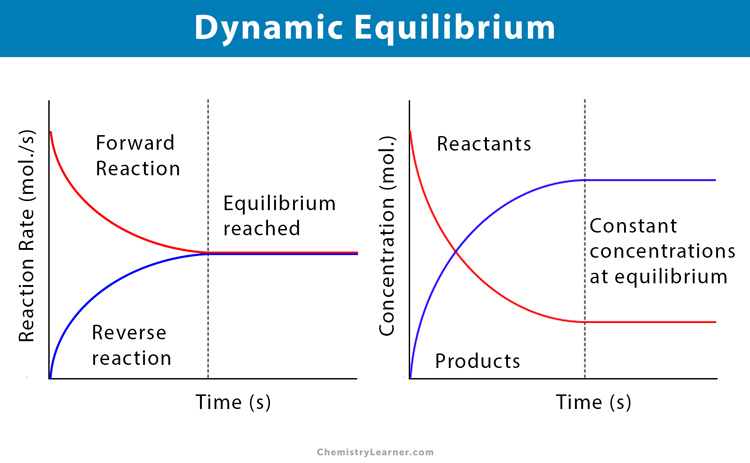Shownotes
Hopewell Valley Student Podcasting Network
Chemistry Connections
The Chemistry of Foxgloves
Episode #2
Welcome to Chemistry Connections! Our names are Samiyah and Raelynn and we are your hosts for episode #2 called The Chemistry of Foxgloves. Today we will be discussing the scientific properties behind these flowers that have the “power to cure and kill.”
Segment 1: Introduction to Foxgloves
- Foxgloves, also known as the Digitalis flowers, are striking plants that look like elegant bunches of upside-down bells, and while their most common species are purple, and are known as the Digitalis purpurea, they come in a variety of colors including white, yellow, and pink amongst others. Native to Europe, western Asia, and northwestern Africa, they can grow up to 60 inches tall, and are biennial or perennial, flowering from June to September.
- They have both healing and toxic properties, and are known as the flower with the “power to cure and kill"; it's likely for this reason that they represent insincerity- while on the surface gifting someone a bouquet of these alluring flowers may seem like a nice gesture, it could signify your ill will towards them.
- So while compounds synthesized from these beautiful plants may be part of your daily medications- don't gift them to your significant other!
Segment 2: The Chemistry Behind Foxgloves
- Context:
- Foxgloves are made up of glycoside molecules, which are steroid groups bonded to a sugar, called digoxin and digitoxin.
- The foxglove extract, which contains these glycosides, is known as digitalis, which is named after the plant’s Latin name.
- Chemistry topic: bonding/structure
- Molecules
- Molecules are covalently bonded nonmetals; what sets them apart from ionic bonding or ions is because nonmetals have very high electronegativity values, and as such all of the atoms involved in bonding would pull on the electrons in an equally strong way, thus resulting in strong covalent bonds resulting in molecules.
- While looking at the structures of these molecules, digitoxin, and digoxin, it’s also easy to spot the large amount of OH groups that they both possess- indeed, both of them possess almost identical chemical structures, though notably, digoxin has an extra OH group thus causing the differences between the two compounds. This large amount of OH groups leads to increased polarity within both of the glycosides, which leads to increased water solubility. This is because water molecules themselves are also polar, and “like dissolves like” as the saying goes; as such, polar substances like these glycosides are highly soluble in water.
- While they have similar properties, digitoxin has a longer half-life than digoxin, making individuals more susceptible to toxicity and thus kidney failure, as it removes the system from the equilibrium needed to maintain health, which we'll discuss shortly.
- Chemistry topic: equilibrium
- Digoxin is a key compound in the ability of digitalis to provide both beneficial and harmful effects, and does so through the sodium-potassium ion pumps found in heart cells.
- These pumps push ions against the concentration gradients to establish a greater concentration of sodium ions outside the cell and a greater concentration of potassium ions inside the cell.
- Aids in maintaining cellular equilibrium
- Digoxin prevents sodium ions from crossing the cell membrane and exiting the cell, therefore disturbing equilibrium. This causes the intracellular concentration of calcium to increase and the heart beats slower.

- Therapeutic effects:
- Can be used to treat arrhythmia (irregular heartbeat) and heart failure
- Healing properties were introduced by William Withering in his book An Account of the Foxglove (1785)
- Developed a cure for dropsy (a condition currently known as “edema” in which the area under the skin swells with fluid)
- His work paved the way for the use of foxglove extract in treatments for heart failure
- Toxic effects:
- Can slow the heart to an extreme, depriving the brain of oxygen
- Could result in a heart attack as the body attempts to raise the heart rate in response


Figure 1
Segment 3: Personal Connections
- It’s interesting how the unique chemical makeup of a flower can cause it to have such drastically different effects:
- Digitalis’ ability to heal or poison comes down to the molecular structure of digitoxin and digoxin and the specific ways in which they interact with cellular components of the human body
- Points to the importance of understanding chemistry in order to use these substances properly
- Raelynn: “it symbolizes life, what can save you can also kill you”
- Samiyah: "fascinating … and I've just loved poison since I was small."
Thank you for listening to this episode of Chemistry Connections. For more student-ran podcasts and digital content, make sure that you visit www.hvspn.com.
Sources:
Music Credits
Warm Nights by @LakeyInspired
Subscribe to our Podcast
Connect with us on Social Media